Cats are one of the most popular pets worldwide, revered for their independence, elegance, and sometimes mysterious nature. Yet, despite their popularity, there are numerous myths and misconceptions about different cat breeds. Understanding these myths can help current and prospective cat owners make informed decisions and fully appreciate the unique traits of their feline companions.
Myth 1 All Cats Are Aloof and Independent
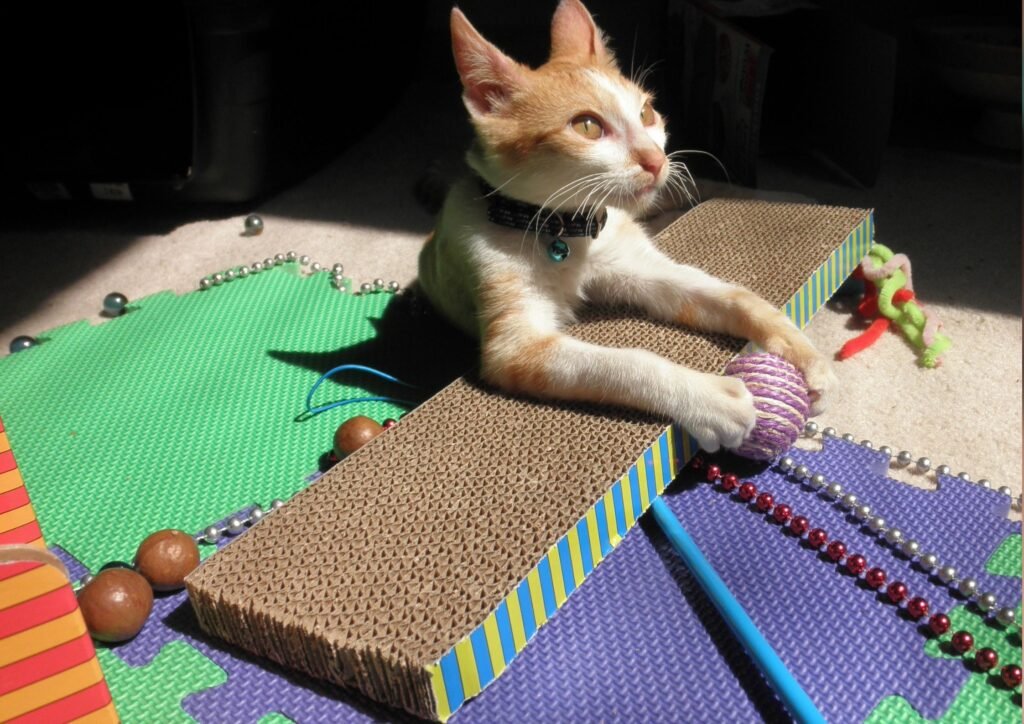
One of the most prevalent myths is that all cats, regardless of breed, are aloof and prefer to be left alone. While it’s true that some breeds, like the Russian Blue, tend to be more independent, others, such as the Siamese or the Ragdoll, are known for their sociable and affectionate nature. The personality of a cat can vary greatly depending on its breed and individual experiences.
Myth 2 Purebred Cats Are Healthier Than Mixed Breeds
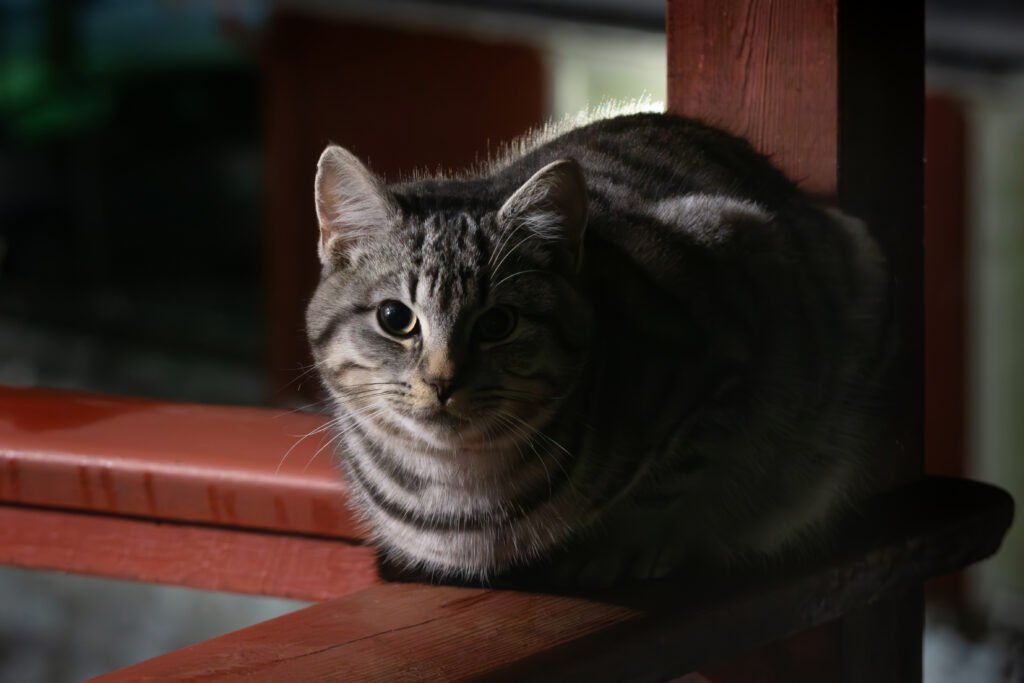
Many believe that purebred cats are inherently healthier than mixed breeds due to breed-specific breeding practices. Contrary to this belief, purebred cats are often prone to genetic disorders that are less common in mixed breeds due to a smaller gene pool. For example, Persian cats are susceptible to respiratory issues due to their flat faces.
Myth 3 Black Cats Are Bad Luck
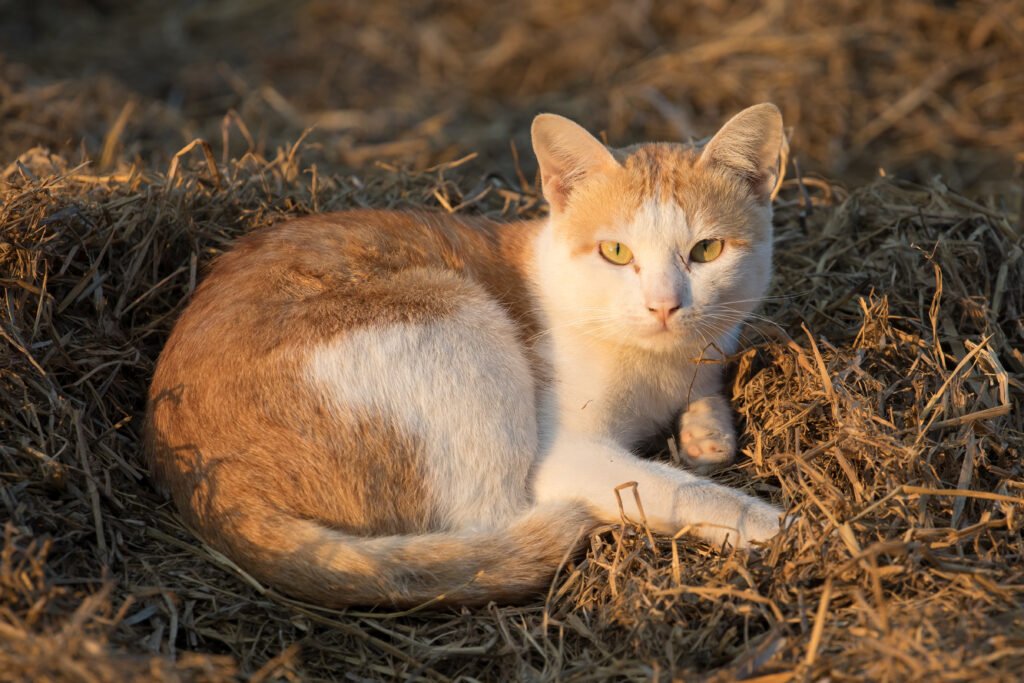
This myth is rooted in superstitions that date back centuries, particularly in Western cultures. Black cats are often associated with witchcraft and bad luck. However, in other cultures, black cats are seen as symbols of good fortune. Today, black cats are just like any other cat breed in terms of temperament and ability to be loving companions.
Myth 4 Hairless Cats Are Hypoallergenic
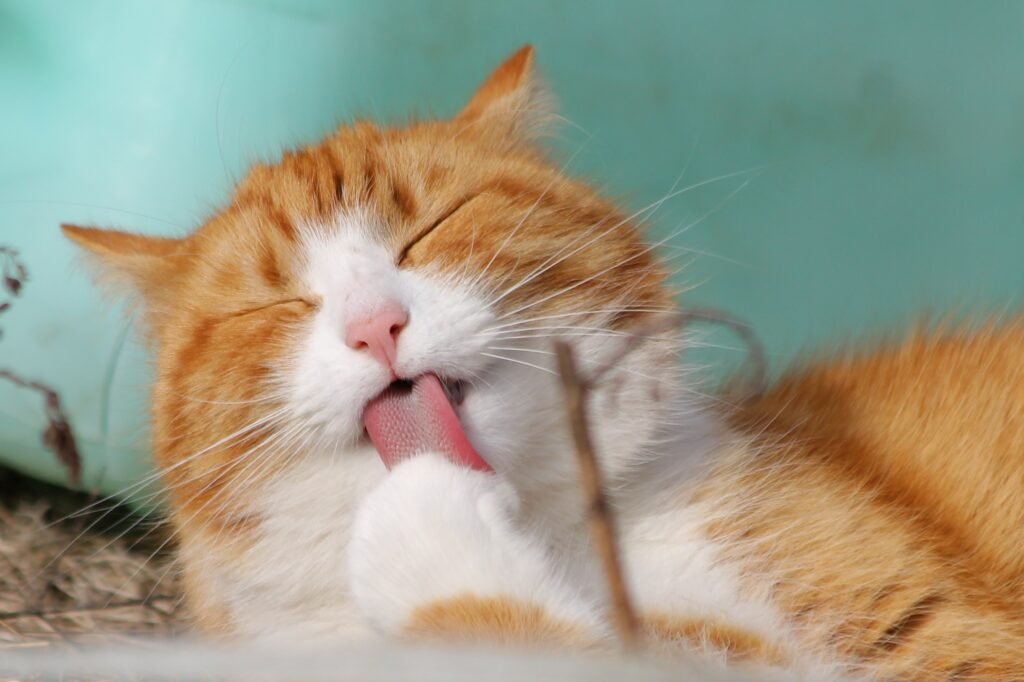
It is a common misconception that hairless cat breeds, like the Sphynx, are hypoallergenic. In reality, allergies are often triggered by proteins found in cat saliva and skin, not their fur. While some people may find hairless cats less aggravating to their allergies, no cat breed is completely hypoallergenic.
Myth 5 Larger Cat Breeds Are More Aggressive
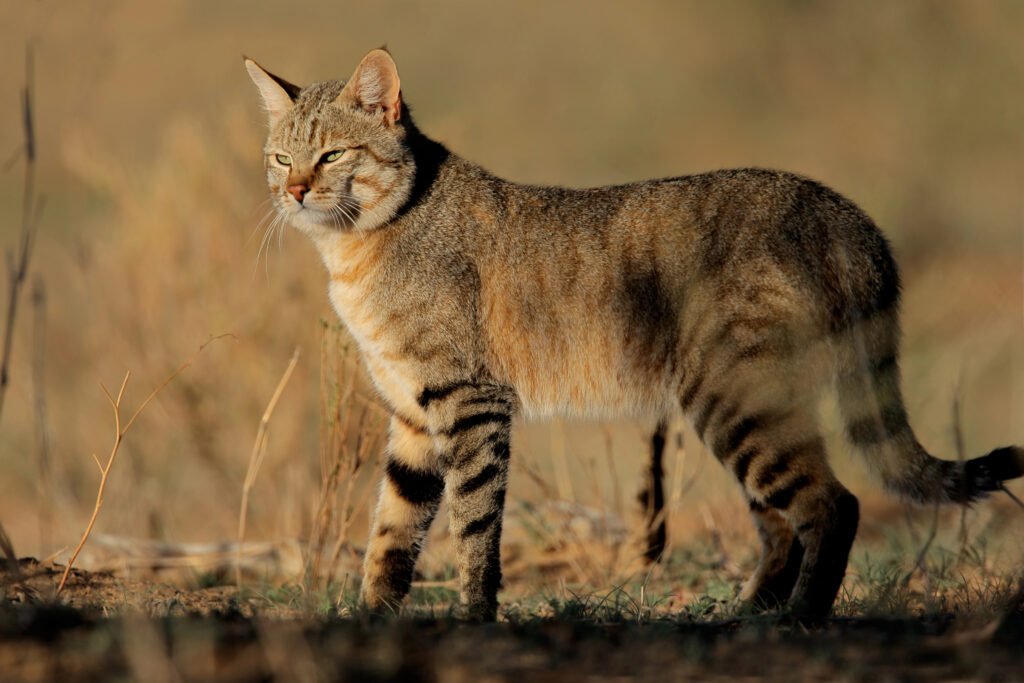
There is a misconception that larger cat breeds, such as the Maine Coon, are more aggressive. Contrary to this myth, Maine Coons are known for their gentle and friendly demeanors. Aggression is not a factor of size but rather individual personality and socialization.
Myth 6 Cats Always Land on Their Feet
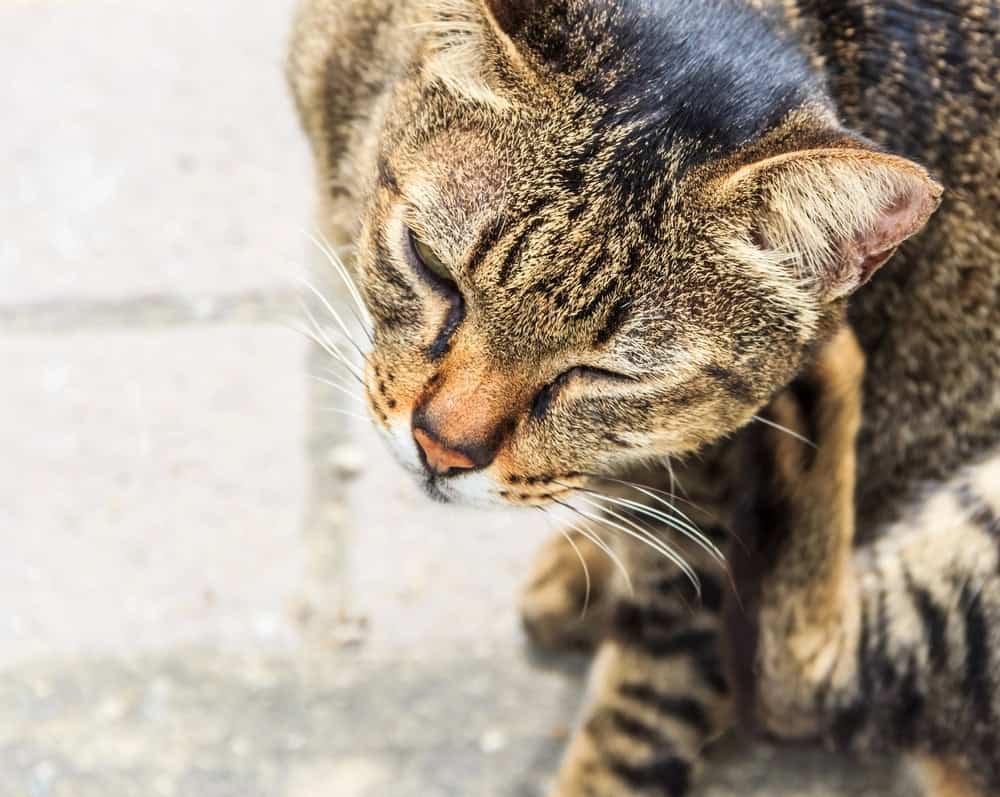
This myth, often reinforced by movies and cartoons, suggests that cats always land on their feet. While cats do have a righting reflex that helps them twist in midair to land on their feet, this is not always successful, particularly from lower heights. Regardless of breed, cats can still suffer injuries from falls.
Myth 7 Cats Don’t Need Grooming
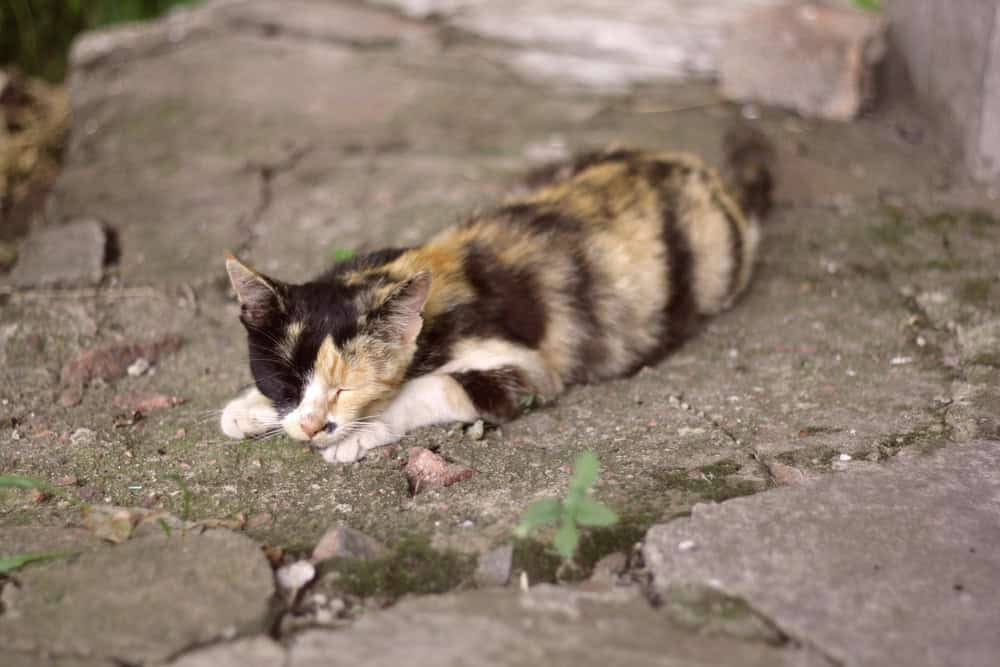
While many cat breeds are efficient self-groomers, this doesn’t mean they don’t benefit from regular grooming. Breeds like the Persian or Himalayan require regular brushing to prevent matting. Moreover, grooming is an excellent opportunity for bonding and can help monitor the cat’s health.
Myth 8: White Cats Are Always Deaf
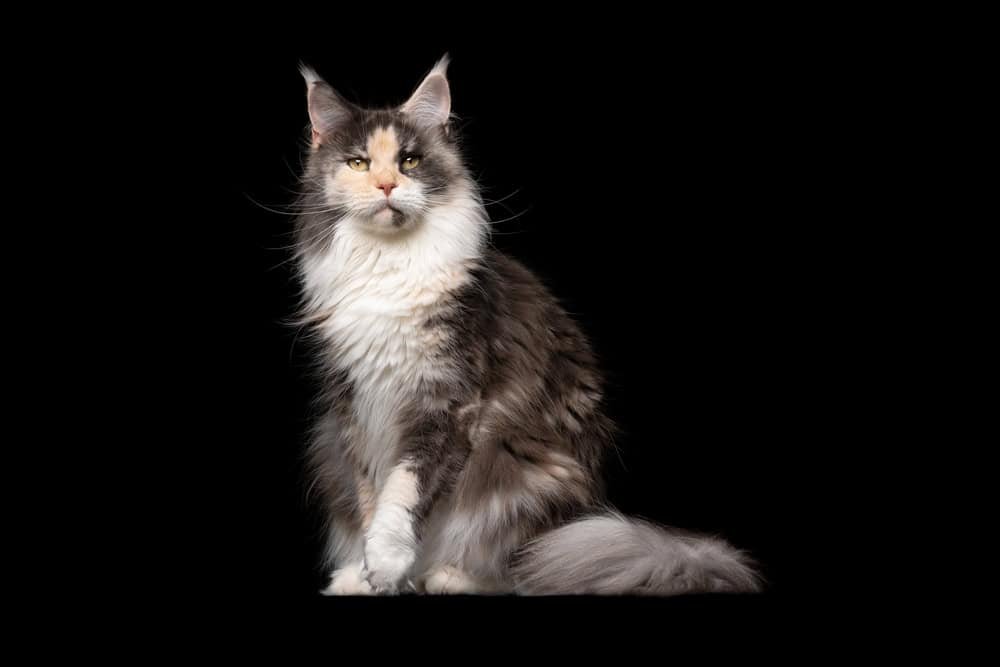
While it’s true that a high percentage of white cats with blue eyes are congenitally deaf, not all white cats suffer from hearing loss. The genetic factor that causes white fur can also lead to deafness, but this does not hold for every white cat. Other combinations, such as white cats with green or gold eyes, often have normal hearing.
Myth 9 Cats and Dogs Can’t Get Along
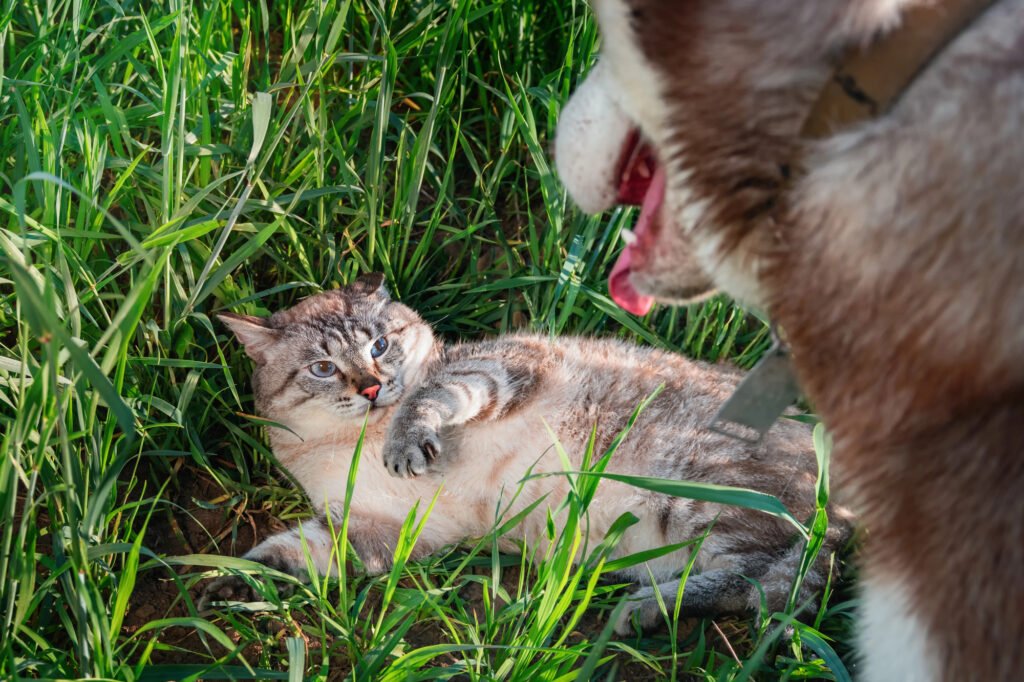
We often hear the phrase “fighting like cats and dogs,” implying inherent animosity. However, many households report harmonious relationships between their feline and canine companions. Successful coexistence largely depends on the individual animals’ personalities, their introduction process, and early socialization.
Conclusion: Embracing Diversity in Cat Breeds
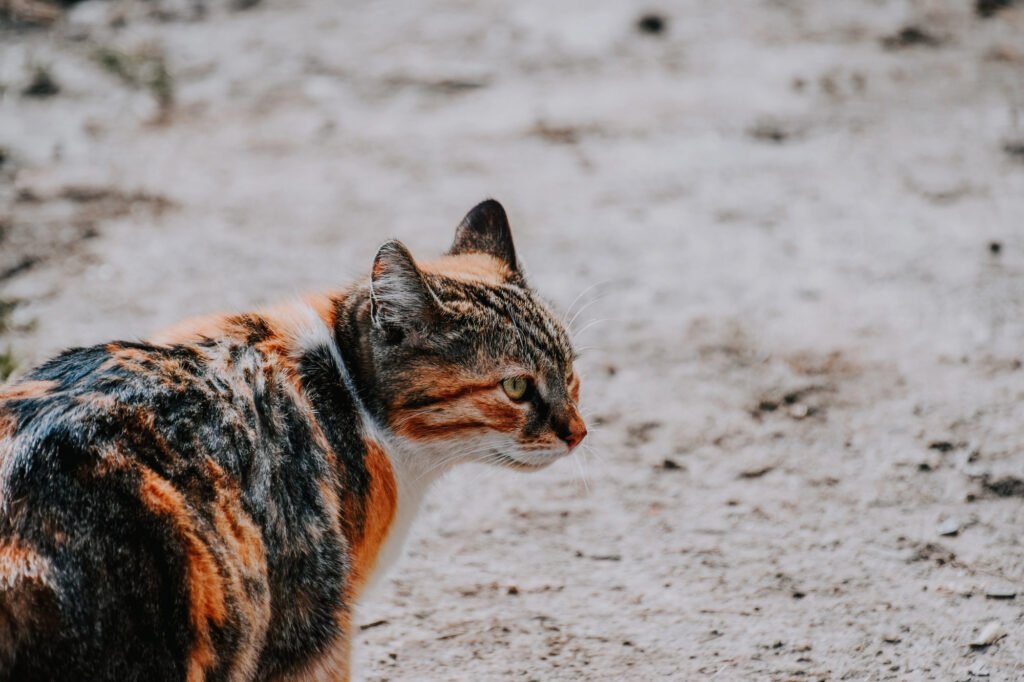
Cats, like people, have unique traits and personalities that cannot be wholly defined by their breed. By dispelling these common myths, we can better appreciate and care for our feline friends. Whether purebred or mixed-breed, each cat has the potential to be a loving and cherished pet.






